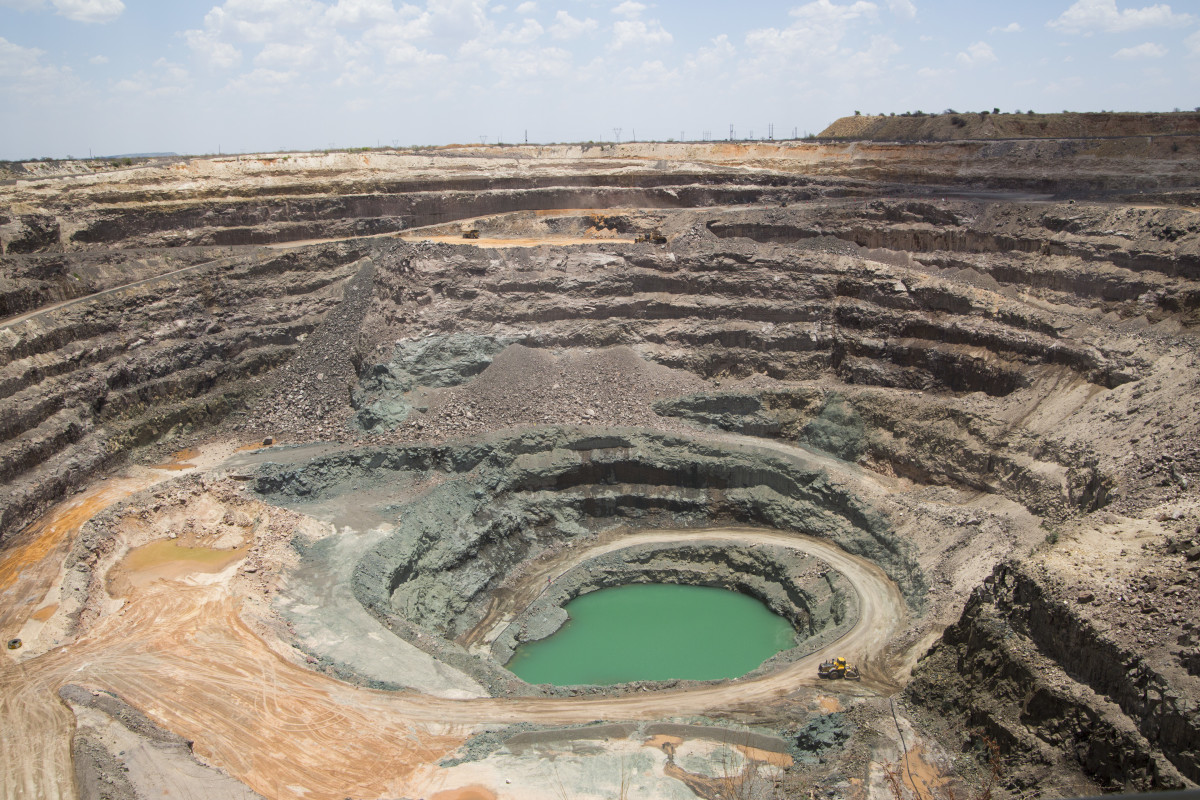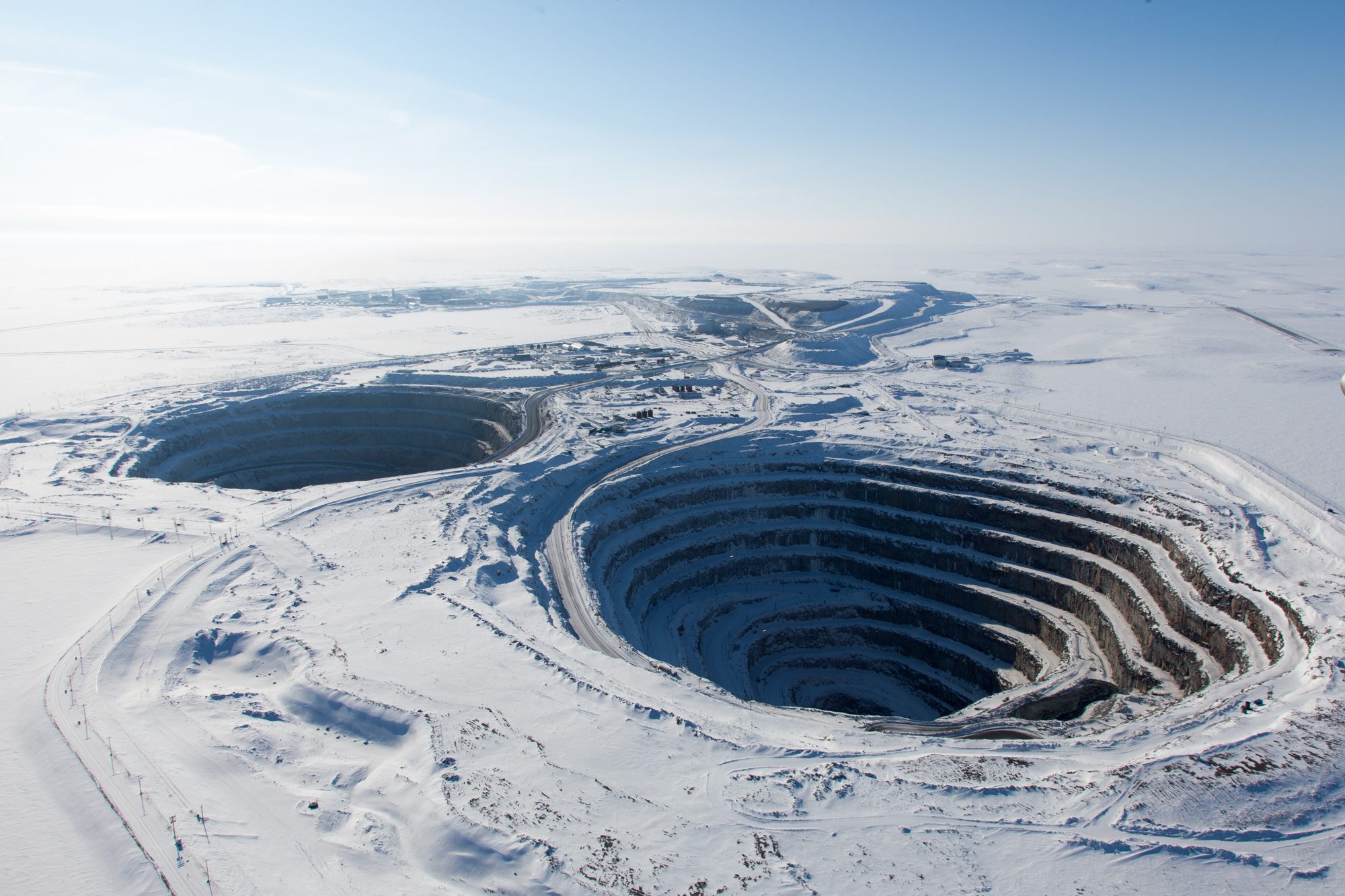Mining Operations
The diamond pit, located in the remote wilderness, is a vast and complex mining operation that employs a range of techniques and technologies to extract diamonds from the earth. The scale and impact of mining activities on the surrounding environment are significant, requiring careful management and mitigation measures to minimize ecological damage.
In the heart of the diamonds pit, where gems whispered secrets beneath the earth’s skin, there lay a tale of swords and their enigmatic meaning. Sword meaning extended beyond its blade, reaching into the realm of power, courage, and the indomitable spirit of those who wielded it.
Yet, like the diamonds hidden within the pit, the true essence of the sword remained shrouded in mystery, a tantalizing enigma that beckoned adventurers to uncover its depths.
Diamond Extraction Techniques
Diamond mining at the pit primarily involves open-pit mining, where large areas of land are excavated to expose the diamond-bearing rock. Once exposed, the rock is blasted and crushed to liberate the diamonds, which are then separated from the other materials using a combination of screening, washing, and gravity separation techniques.
The diamonds pit, a chasm of wealth and despair, glints with the allure of precious stones. Like the enigmatic olive, a symbol of peace and abundance ( olive definition ), the diamonds pit holds both promise and peril. It is a place where fortunes are made and lost, where dreams are born and shattered, leaving behind a legacy as enduring as the diamonds themselves.
Environmental Impact, Diamonds pit
The extensive mining operations at the diamond pit have a significant impact on the surrounding environment. The excavation of vast areas of land disrupts natural habitats and ecosystems, while the use of heavy machinery and explosives generates noise and air pollution. Additionally, the disposal of mining waste can contaminate soil and water resources if not properly managed.
Sustainability Initiatives
Recognizing the environmental impact of mining operations, the company responsible for the diamond pit has implemented various sustainability initiatives to minimize ecological damage. These measures include reforestation programs to restore mined areas, the use of renewable energy sources, and the implementation of waste management systems to reduce pollution.
The diamond pits of Kalimantan held secrets as deep as the stones themselves. Beyond their glittering surfaces, diamonds carried a profound meaning, embodying love, purity, and unyielding strength. Like the diamond meaning , the pits themselves represented a testament to the enduring human spirit, a testament to the relentless pursuit of that which lies beneath the surface.
Historical Significance: Diamonds Pit

The ‘diamond pit’ holds immense historical significance, shaping the global diamond trade and leaving an indelible mark on the region’s culture and economy.
The discovery of diamonds in the 19th century transformed the region into a global mining hub, attracting fortune seekers from far and wide. The establishment of diamond mining companies brought wealth and development, but also led to social and environmental challenges.
Cultural and Economic Impact
- Diamond mining became deeply intertwined with the local culture, giving rise to unique traditions and rituals associated with the industry.
- The influx of miners and workers from diverse backgrounds created a melting pot of cultures, influencing the region’s language, cuisine, and art.
- Diamond mining played a pivotal role in the economic development of the region, providing employment opportunities and generating significant revenue.
Impact on Local Communities
- The diamond rush brought rapid urbanization and infrastructure development, transforming the landscape and social dynamics of local communities.
- Mining operations had both positive and negative impacts on the environment, requiring careful management to mitigate ecological damage.
- The influx of wealth and outsiders also brought challenges, such as social inequality and exploitation of local labor.
Geological Characteristics

The ‘diamond pit’ exhibits a complex geological history that has resulted in the formation of unique diamond-bearing rocks. These rocks are characterized by their distinct mineralogy and geochemistry, which have been shaped by a series of geological processes over millions of years.
The geological processes that led to the formation of diamond deposits in the ‘diamond pit’ are closely linked to the Earth’s mantle dynamics. Diamonds are formed under conditions of extreme pressure and temperature, typically found in the Earth’s upper mantle. These conditions are created when tectonic plates collide, causing one plate to subduct beneath the other. As the subducting plate descends into the mantle, it undergoes heating and compression, which can lead to the formation of diamonds.
The mineralogy of the diamond-bearing rocks in the ‘diamond pit’ is dominated by peridotite, a type of ultramafic rock composed primarily of olivine and pyroxene minerals. These rocks are thought to have originated from the Earth’s upper mantle and have been brought to the surface through volcanic activity. The diamonds in the ‘diamond pit’ are typically found within these peridotite rocks, either as discrete crystals or as inclusions within other minerals.
The geochemistry of the diamond-bearing rocks in the ‘diamond pit’ is characterized by high concentrations of certain elements, such as chromium, nickel, and titanium. These elements are indicative of the ultramafic nature of the rocks and their origin in the Earth’s mantle. The presence of these elements also suggests that the diamonds in the ‘diamond pit’ were formed under reducing conditions, which are favorable for the formation of diamonds.
In the heart of Borneo, where the diamonds pit yawned wide like a gaping maw, a peculiar tale unfolded. Legends whispered of a marsupial Winnie the Pooh with a penchant for honey and adventure. This furry enigma would scamper through the undergrowth, its pouch filled with sparkling diamonds, illuminating the depths of the pit with an otherworldly glow.
In the desolate expanse of the diamond pits, where the sun blazed mercilessly, I stumbled upon a curious sight. Amidst the shimmering stones, a creature unlike any I had ever encountered emerged—a marsupial Winnie the Pooh. Its eyes sparkled with a mischievous gleam, and its honey-soaked fur shimmered in the heat.
Like a phantom from a distant dream, it vanished into the depths of the mine, leaving behind a trail of sticky sweetness and the echoes of a forgotten childhood.